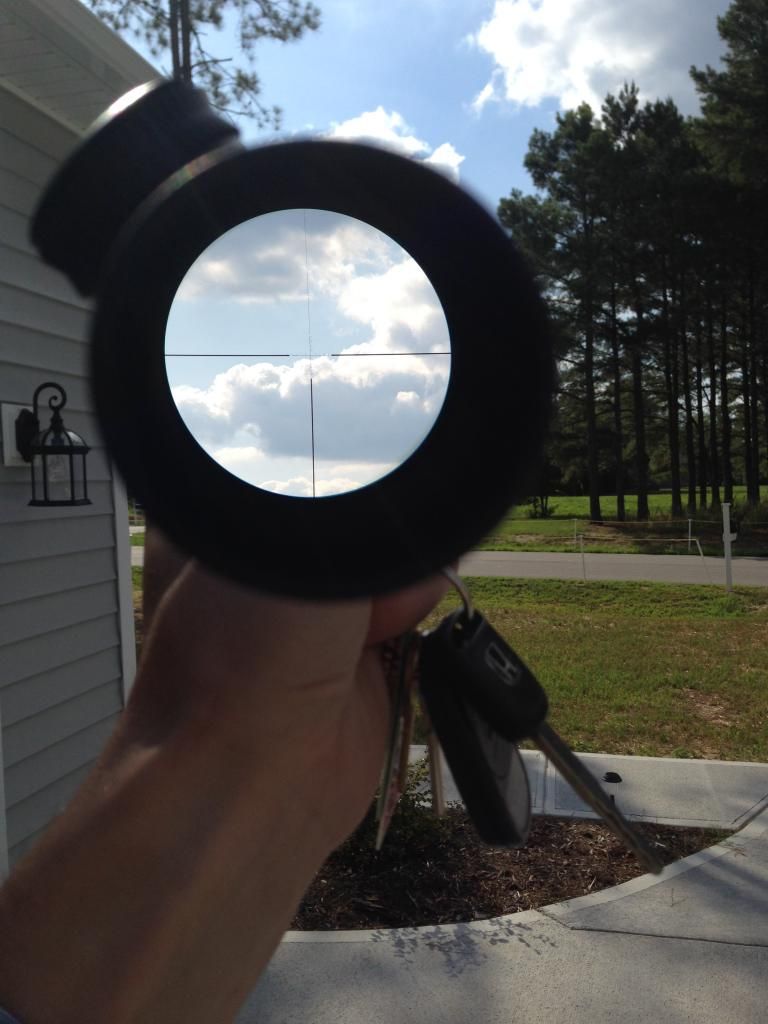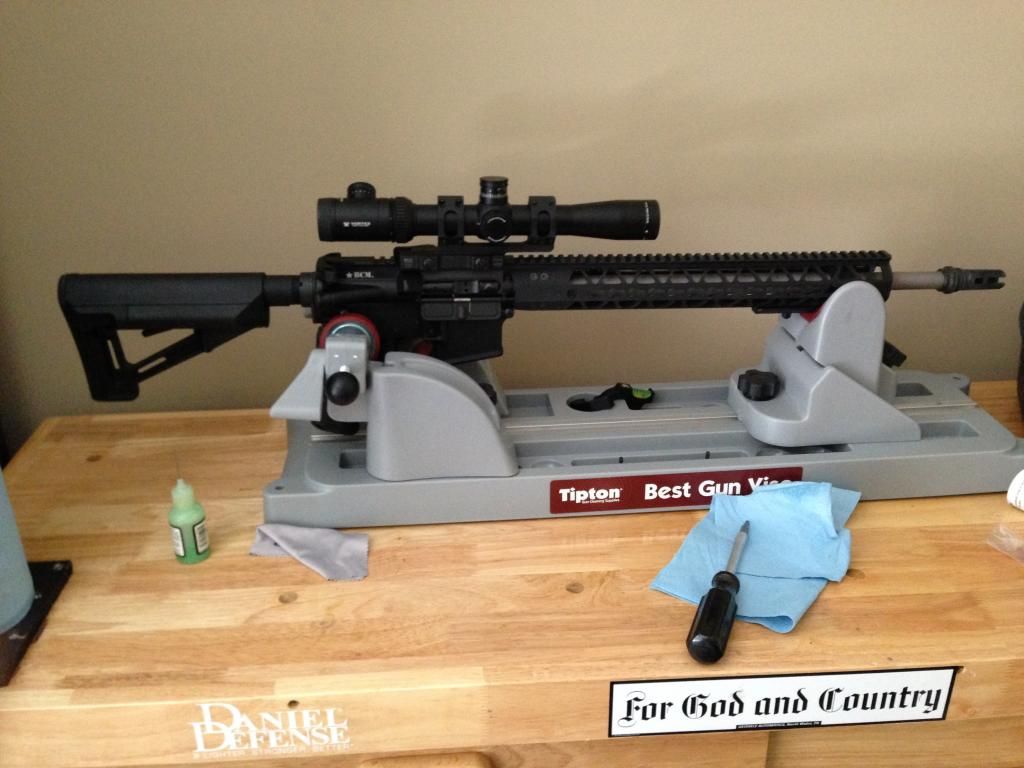Durability and simplicity. We focused the Unertl on the M40A1 at 300yds. Running under 100yds in urban settings we would encounter some noticeable parallax, but at that distance the deflection was negligible as far as effect on impacts and still fell inside the brain "T". At the grand you wouldn't notice it there either.
1x-? scopes don't have adjustable parallax for a reason, they don't need it. Their purpose is to be thrown around more, be rapidly used at varying ranges from in a room to inside effective small arms range, and to do it without further adjustments.
Fixed parallax magnified scopes I currently own include Leupold Mark 6 1-6x, Mark 8 CQBSS, Mark 4 2.5-8x32 MR/T, USO MST-100 and I just added two NF 2.5-10x24s to the mix. All are on/destined for durable rifles that see field time, are not for seeing how small of groups I can shoot, and are ones I want to ensure will perform quickly when necessary. Notice they're all at or under 10x.
My variables include a pair of S&B PMII (3-12x and 3-20x), SWFA 3-15x42 (rimfires, 7yd minimum parallax), and a SWFA 5-20x50. They're precision setups that see more range time than field, more distance than close range, and shoot more for score and groups than for game or HD. The lowest magnification on any of those is 12x (PMII).
When you say "effectively shoot out to 600-700yds", what size targets are you talking about? Do you mean 75-100% IPSC silhouettes or similar? That is easily done with a 7x, hell 50% IPSC is viable, but you're not going to be very efficient with group shooting or finding small targets.
The perfect scope is still a unicorn. Myself and many other shooters have chased it, thrown hard earned money at it, and in the end we ended up with another rifle and scope to do the other side of the spectrum. Figure out what optic will perform at the vast majority of your shooting spectrum, get the best scope for that which you can afford, and have fun pushing the limits for the rest.





